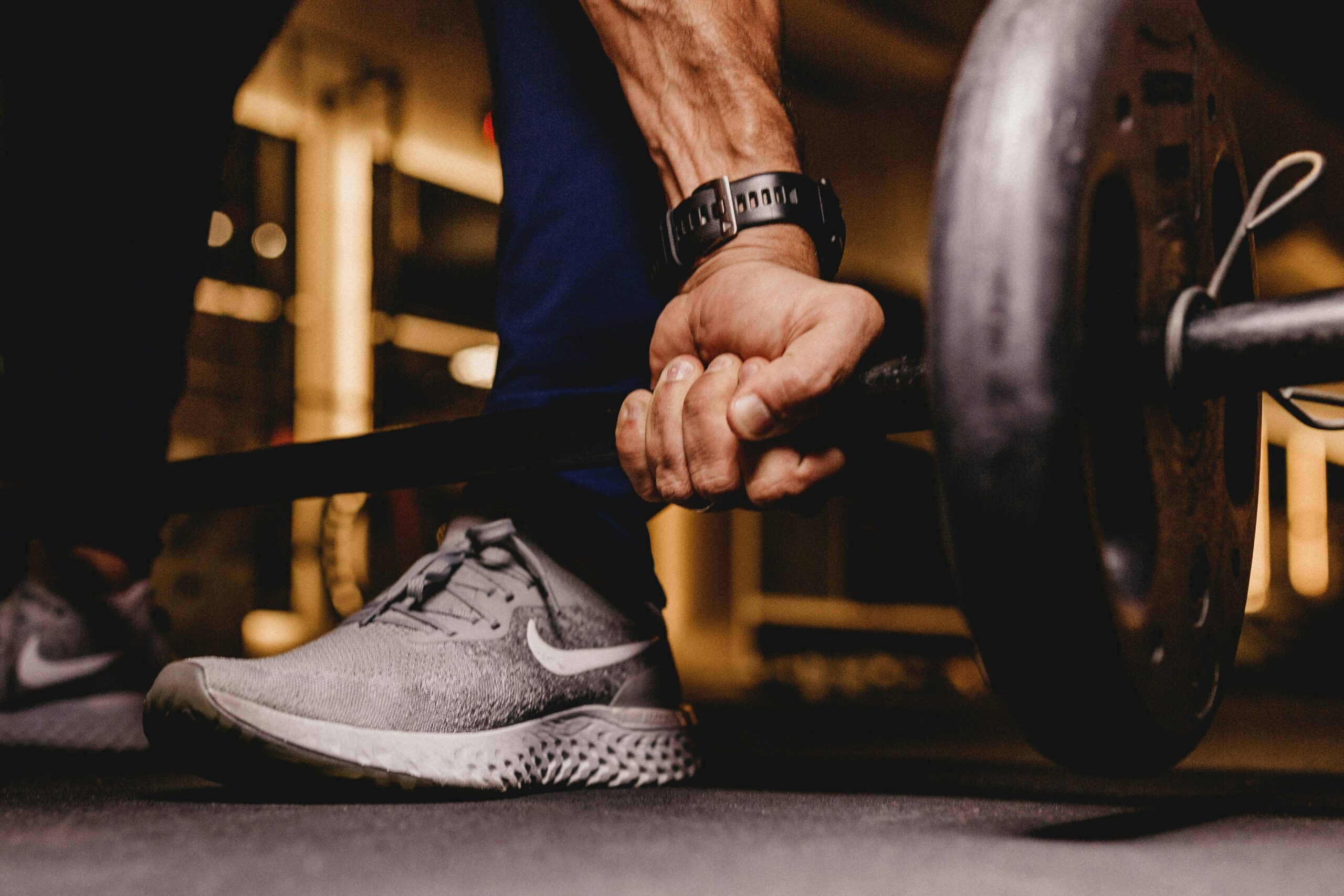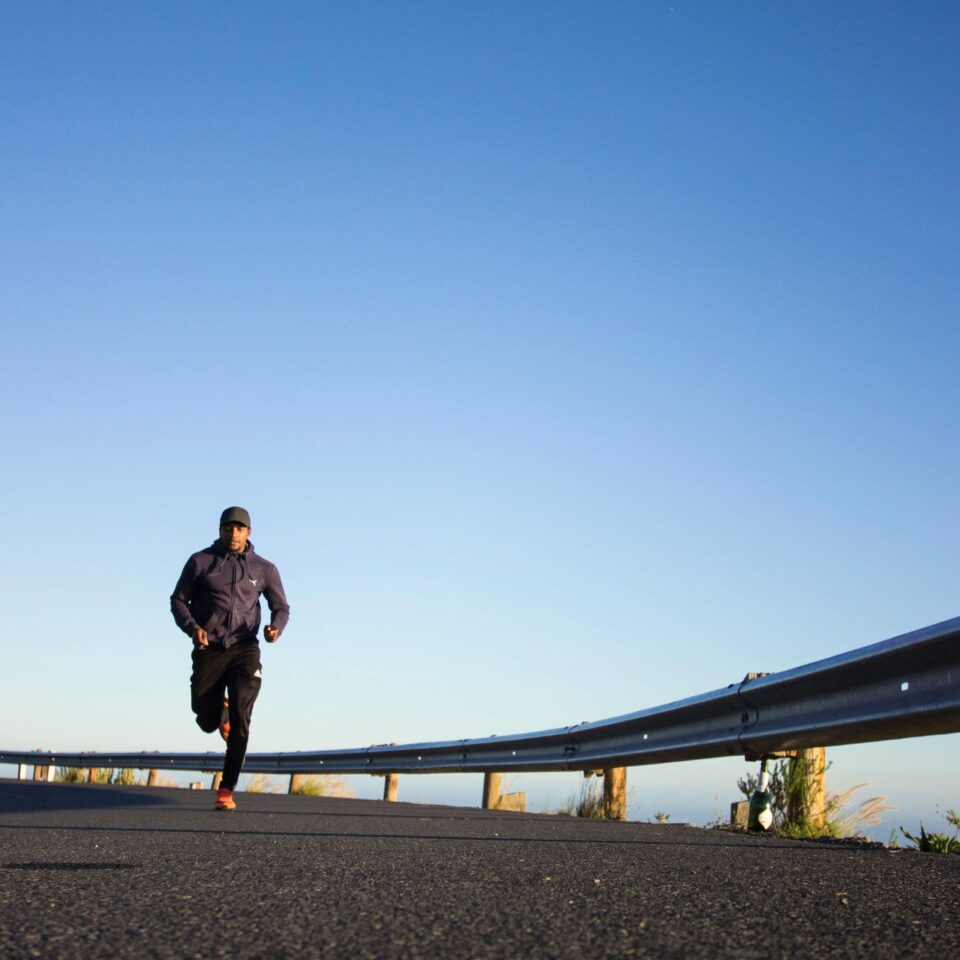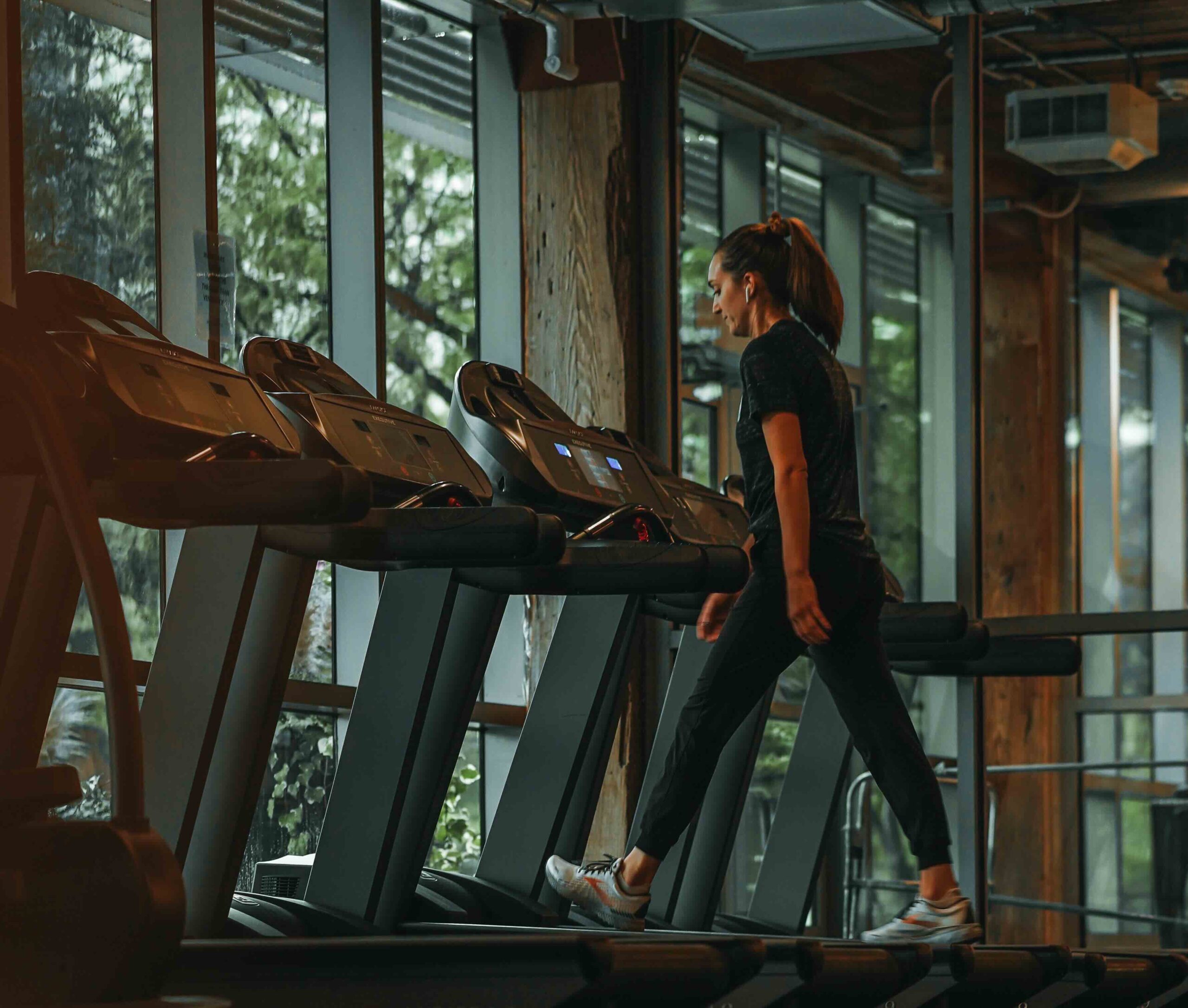Getting into long-distance running? Here are things that are essential for you to know before you start your first few kilometers!
Running is one of the most popular ways to stay fit. It’s very accessible — all you need are a pair of shoes and space to run — and you’re all set. But running short distances is very different from going on a long-distance run or training for a marathon.
So if you’re thinking of starting the long-distance running journey, here are seven things you should know before stepping out for your first 10K.
You need a good pair of shoes

Shoes are essentially the only equipment you’ll need for running, and because they will quite literally be going the distance with you, you need a pair that will suit you best. Remember that the right shoes will not only keep you comfortable, but they also have the power to protect your body from injuries or pain.
You can check out our guide for the considerations you should make for choosing the right shoe here.
After choosing the right shoe, another thing to keep in mind is your shoe mileage. Just like a car, it’s important to know how far your shoes have gone to know when they need replacing. On average, the lifespan of a road running shoe is around 300 to 500 miles. However, every shoe is different, so make sure to do some research on the pair you own.
Every runner needs to warm up

While you may think that when it comes to running, you can just hit the road and get on with it, warming up is essential to every kind of workout.
Before hitting your strides, perform a simple five to ten-minute warm-up to loosen up your muscles and joints. You can do gentle butt kicks, hip rotations, leg swings, lunges, and other similar movements that get your entire body engaged.
Running can be very tough on the body, and you need to make sure yours is ready to take on the challenge. By warming up before hitting the road, you can improve the performance of your muscles, pump up your heart rate gently, and lower your risk for any injuries. And as a plus, if you’re looking for ways to beat a side stitch, this is one way to do that.
Starting slow is key

If you are a beginner who is just getting into long-distance running, you need to start slow, taking it one kilometer at a time. To decrease your risk of injuries, make sure that you increase your mileage by 10% every run. But remember, you don’t need to increase the distance every time you hit the road! Listen to your body’s needs first, then work your way up. You’ll hit your first 10K in no time.
When we say start slow, we mean that for advanced runners, too. If you’ve been long-distance running for a long time, you still need to start every single run at a slower pace before gradually increasing speed as you go along. Starting too fast can make you more prone to injuries.
Walking isn’t cheating
It’s time to end the stigma of walking in the middle of a run because you can actually get a lot of benefits from doing this, especially when you’re at the beginning of your journey, or if you’re working towards bigger goals.
Running is a high-impact sport and can take a toll on your body, especially when you’re training for long distances. Because of this, walking can actually help you reduce your risk for injuries, as it gives your legs some time to recover. In addition, short walking breaks in the middle of a run can also preserve your stamina and run longer distances.
You don’t need to feel guilty for walking — remember that!
Never ditch the cooldown

Long-distance running will take a toll on your body, which is why cool-downs are as important as warm-ups. After going for a long run, you need to get your heart rate down at a gentle pace, and one of the best ways to cool down is to take it slow.
First, instead of just stopping at the end of your run, continue jogging at a light pace to start gradually bringing your heart rate down. From there, you can start walking to continue this process, or you can also perform dynamic cool-down exercises, such as lunges. Once you’re close to your resting heart rate, that’s when you can start performing static stretches to prevent stiff muscles.
Giving your body the right amount of time it needs to recover after an intense workout will keep your legs strong and prevent injuries.
Strength training will be equally as important

The truth about long-distance running is that it is going to take up a lot of your time, especially when your runs start lasting an hour or more. However, this should not be an excuse to ditch strength training.
Lifting weights or performing resistance workouts is very important for runners, as they can help prevent injuries, strengthen your bones, improve mobility, and improve your overall body composition. In the long run, adding strength to your weekly routines will be a good way to boost your stamina, endurance, and pace.
Rest and recovery are part of the journey

When it comes to long-distance running, you should not be running every single day. While you may think this will help you get to your goals faster, you run the risk of overworking your body by doing this, and so, rest days are an essential part of the journey.
With every intense workout, you are putting stress on your muscles (yes, even when you don’t get sore). Thus, your rest days are when your muscles get to recover and rebuild, making you even stronger in the long run. It’s recommended that runners rest two to three days a week.
Long story short, long-distance running is no joke — it’s a commitment because your body will be pushed to its limits. But the running high is real! Taking the right steps will make your journey worthwhile and in the end, you’ll definitely feel proud of every accomplishment, no matter how small.
Banner image from Tembela Bohle.
Related Stories:
3 New Sports You Should Add To Your 2024 Bucket List
5 Underrated Nutrients That Can Benefit An Athlete’s Performance
3 Underrated Forms of Training That Every Athlete Can Benefit From

